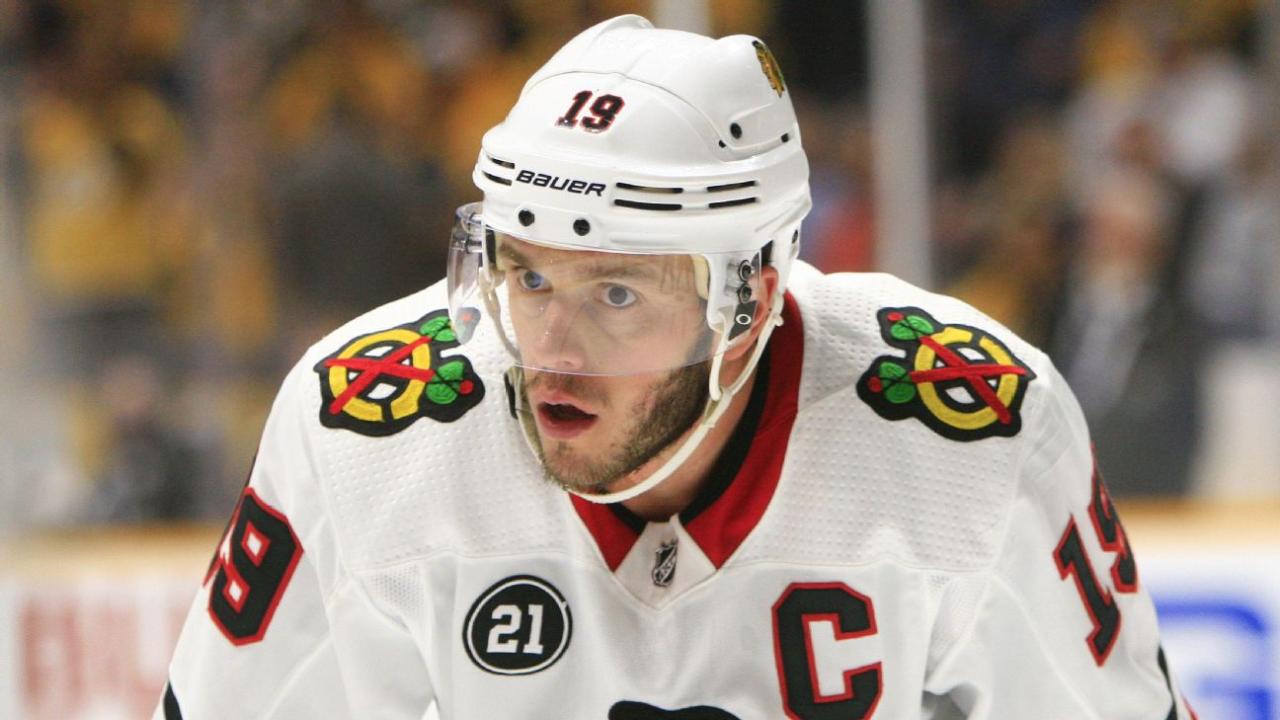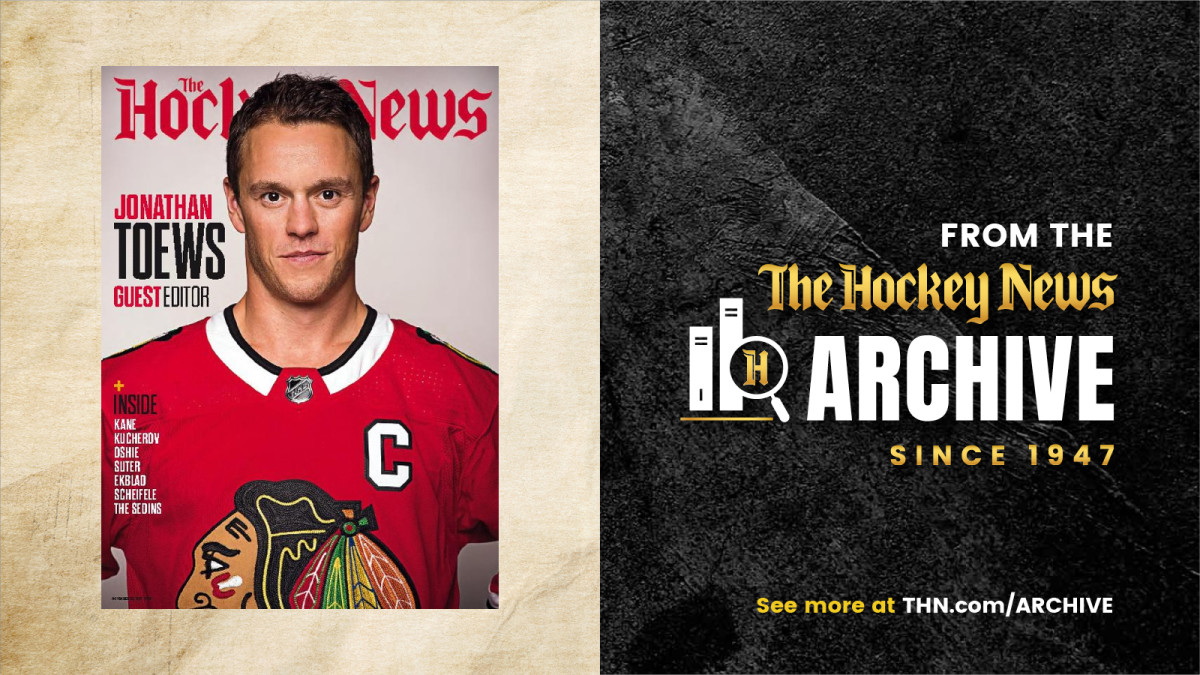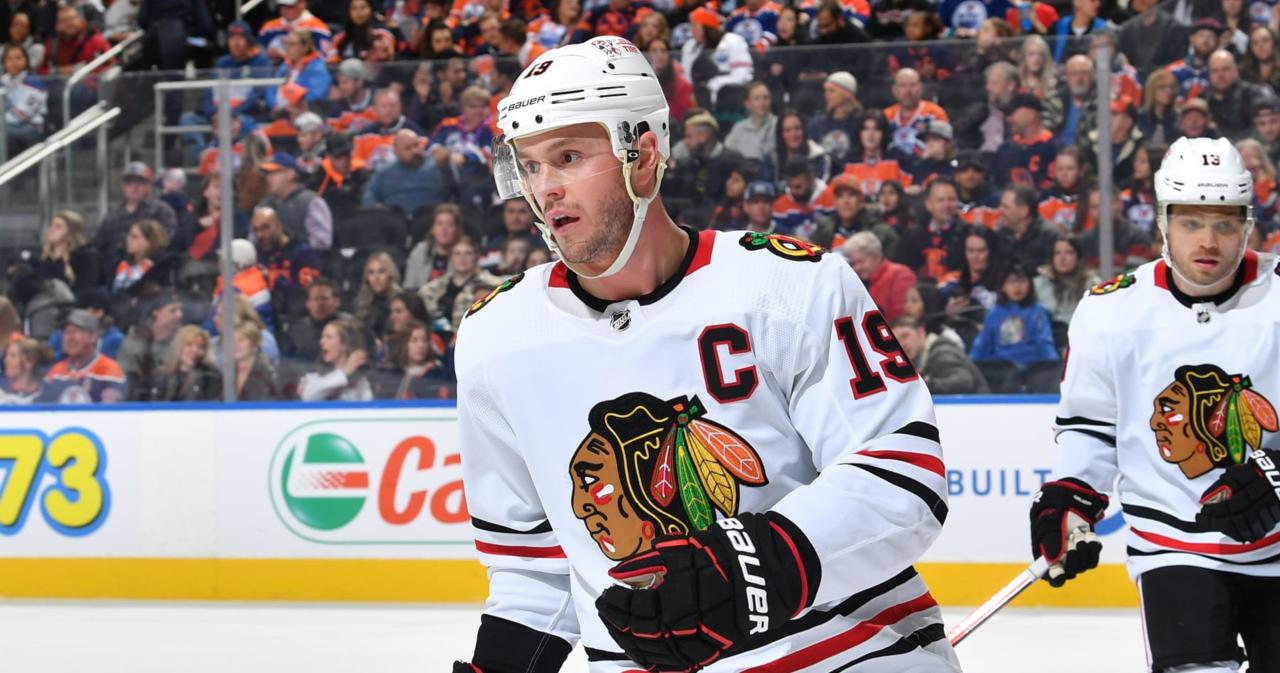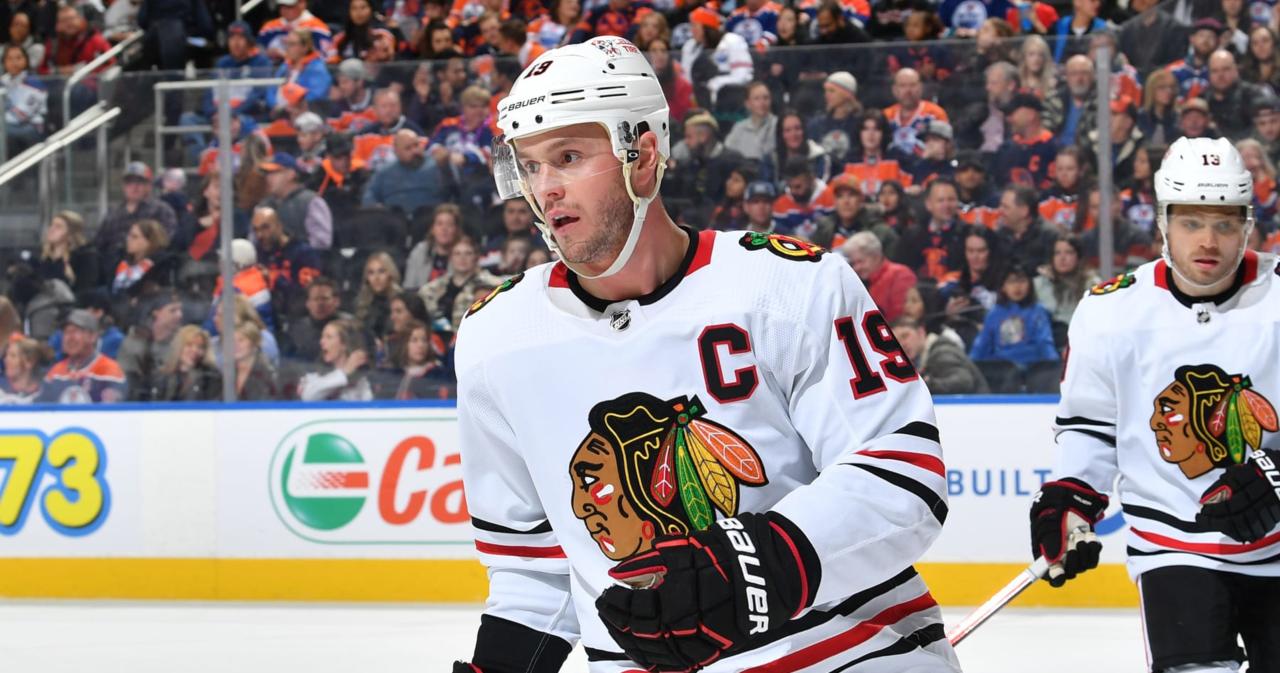Why timing is key consideration in potential Jonathan Toews NHL? This question explores the fascinating interplay between pivotal moments in Toews’ illustrious career and their impact on his overall success. From his draft selection to potential retirement, we’ll examine how the timing of key events, both positive and negative, shaped his trajectory and influenced the Chicago Blackhawks’ fortunes. We’ll analyze his leadership evolution, performance statistics, and the external factors that contributed to the peaks and valleys of his career.
We’ll delve into the specific timing of his injuries, comparing them to periods of exceptional performance. This analysis will uncover how his leadership style adapted over time, affecting team dynamics and overall performance. We’ll also examine how external factors, such as coaching changes and rule modifications, impacted his career arc, contrasting his journey with that of similar NHL stars.
Jonathan Toews’ NHL future hinges on smart timing; his next contract needs to align with team needs and his own performance. Think about it like manufacturing – you wouldn’t launch a new product without careful market analysis, just like checking out the global manufacturing landscape, maybe even reading this article about China’s dominance: China is the manufacturing superpower | Hacker News.
Getting the timing wrong could mean a missed opportunity, so Toews needs to strategize carefully for his best shot at success.
Finally, we’ll consider the factors that might influence the timing of his retirement and predict the impact of his departure on the NHL landscape.
Jonathan Toews: A Study in Timing
Jonathan Toews’ NHL career is a compelling case study in the importance of timing. From his draft selection to his leadership style and even the timing of injuries, the interplay of circumstance and opportunity has profoundly shaped his legacy. This analysis explores the key moments in his career, examining how timing influenced his success, his team’s performance, and the overall narrative of his time in the NHL.
Toews’ Career Trajectory and Key Events

Analyzing the chronological sequence of events in Toews’ career reveals a pattern of strategic timing and impactful moments. The following table highlights significant milestones, examining their influence on both his individual career and the Chicago Blackhawks’ performance.
| Date | Event | Impact on Career | Impact on Team |
|---|---|---|---|
| 2006 | Drafted 3rd overall by Chicago Blackhawks | Set the stage for rapid development within a strong organizational structure. | Contributed to the team’s rebuilding phase, laying the foundation for future success. |
| 2007-2009 | Early career development and growth | Solidified his position as a key player, showcasing his leadership abilities. | Helped establish a strong core group of players who would become the backbone of future Stanley Cup wins. |
| 2010 | First Stanley Cup victory | Established him as a championship-caliber player and leader. | Marked a turning point for the franchise, signaling the start of a dominant era. |
| 2013 | Second Stanley Cup victory | Further cemented his status as a clutch performer and elite leader. | Showcased the team’s consistent ability to win under pressure. |
| 2015 | Third Stanley Cup victory | Demonstrated his longevity and continued excellence. | Confirmed the team’s dynasty status. |
| 2019-Present | Dealing with injuries and decreased performance | Tested his resilience and leadership skills, requiring adaptation to new challenges. | Presented the team with leadership and performance challenges. |
His early draft selection allowed Toews to develop within a supportive system, contributing to a rapid ascent. The timing of his major injuries, notably in recent years, coincided with periods of reduced on-ice performance, highlighting the impact of physical health on his ability to lead and contribute.
Impact of Toews’ Leadership on Team Success, Why timing is key consideration in potential Jonathan Toews NHL

Toews’ leadership evolved significantly throughout his career, adapting to the changing dynamics of the team and the league. His early leadership was characterized by a quiet intensity, while later years showed a more vocal and supportive approach.
- Early Career: Toews led by example, demonstrating exceptional work ethic and on-ice performance.
- Mid-Career: He became more vocal, providing mentorship and support to younger players.
- Later Career: His leadership focused on maintaining team cohesion and navigating challenging periods.
Toews’ leadership was particularly crucial during playoff runs, where his ability to inspire and motivate his teammates proved invaluable. His strategies involved open communication, fostering a positive team environment, and emphasizing accountability.
Toews’ Performance Statistics and Their Temporal Context
A visual representation of Toews’ key statistics would show a generally upward trend early in his career, peaking around his Stanley Cup victories, followed by a gradual decline in recent years. This decline correlates with the timing of injuries and the natural aging process.
A hypothetical chart would display a clear upward trajectory from 2007 to 2015, with peaks in scoring and plus/minus coinciding with the team’s championship years. A subsequent downturn would be visible from approximately 2017 onwards, illustrating the impact of injuries and age on his performance. External factors, such as coaching changes and shifts in the NHL’s playing style, could also be identified as influencing factors in this pattern.
The Influence of External Factors on Toews’ Career Timing

Comparing Toews’ career with other elite players reveals variations in the timing of peaks and valleys. While some players experience consistent high performance throughout their careers, others, like Toews, might show a more pronounced peak followed by a more gradual decline. This comparison highlights the influence of factors beyond individual talent and skill.
- Sidney Crosby: Maintained consistently high performance over a longer period compared to Toews.
- Alex Ovechkin: Showed a similar high-performance peak but with a more sustained scoring output.
Changes in the NHL’s playing style, including increased emphasis on speed and skill, likely influenced Toews’ performance later in his career. The media’s portrayal of his decline also played a role in shaping public perception.
Toews’ Future and the Timing of Potential Retirement
Several factors will influence the timing of Toews’ retirement. His age, current performance level, and overall health are key considerations. The team’s competitive outlook and Toews’ personal goals will also play a significant role.
- Scenario 1: Toews retires after the completion of his current contract, allowing a planned transition.
- Scenario 2: Toews continues playing as long as his health and performance allow, potentially extending his career beyond his current contract.
- Scenario 3: Toews retires early due to injury or a significant decline in performance.
The timing of his retirement will significantly impact the Blackhawks, potentially creating a leadership void and requiring a strategic rebuilding phase. His departure will also mark the end of an era in the NHL, signifying the passing of a true hockey icon.
End of Discussion: Why Timing Is Key Consideration In Potential Jonathan Toews NHL
Jonathan Toews’ career serves as a compelling case study in the importance of timing in professional sports. The timing of his draft, injuries, leadership shifts, and external factors all played significant roles in shaping his legacy. Understanding these temporal dynamics provides valuable insights into not only Toews’ success but also the broader complexities of a professional athlete’s career. Ultimately, the timing of his eventual retirement will be a testament to his resilience, adaptability, and enduring impact on the game of hockey.
FAQ Compilation
What are some examples of external factors that influenced Toews’ career?
Thinking about Jonathan Toews’s NHL future? Timing is everything, just like in football. See how Burnley’s manager, Vincent Kompany, is handling their striker situation after Barnes left – check out this article: Thorup outlines City striker plans after Ashley Barnes exit. The right opportunity at the right time is crucial for Toews, just as it is for finding the perfect replacement striker.
His next move needs careful consideration of the timing for maximum impact.
Coaching changes, rule modifications in the NHL, and evolving team dynamics all significantly impacted Toews’ performance and career trajectory.
How did Toews’ leadership style evolve over time?
Toews’ leadership matured from a more reactive approach early in his career to a more proactive and nuanced style as he gained experience and understanding of team dynamics.
Jonathan Toews’ NHL future hinges on smart timing – knowing when to return from injury, when to negotiate contracts, etc. Similarly, your career success in IT depends on strategic timing too, so check out this guide on choosing the right IT courses based on career goals to plan your skills development. Just like Toews needs to time his moves, you need to time your education for maximum impact on your IT career.
What specific injuries impacted Toews’ career timing?
While the exact details are beyond the scope of this brief overview, significant injuries throughout his career caused periods of absence, influencing his on-ice performance and overall career trajectory.
How does Toews’ age factor into the timing of his potential retirement?
His age and current performance level will play a significant role in determining when he decides to retire. The combination of physical capabilities and desire to continue playing will be key factors.
